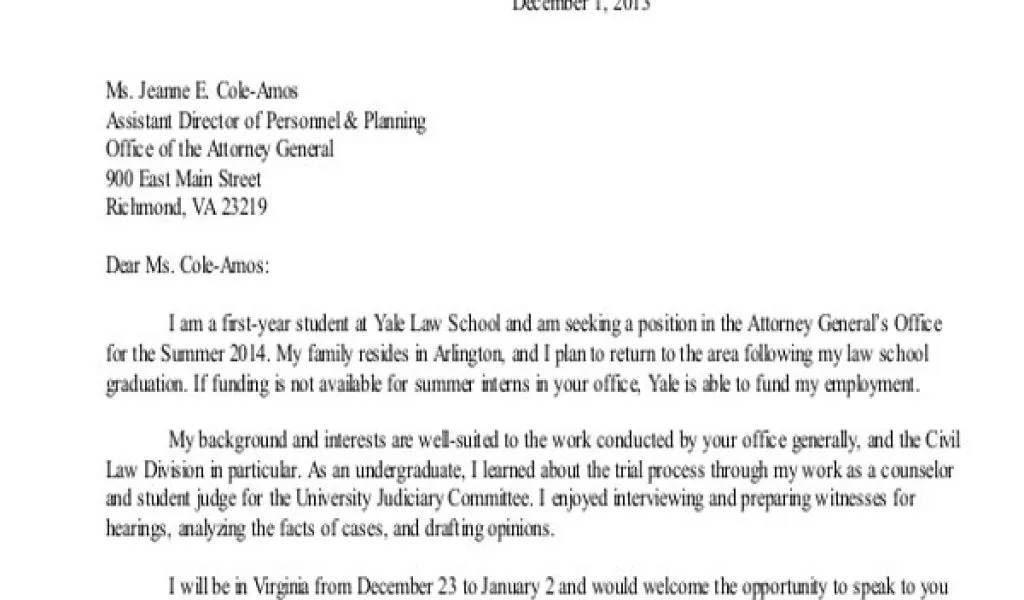What is a Student Cover Letter
A student cover letter is a document that accompanies your resume when applying for jobs, internships, or scholarships. It serves as an introduction, allowing you to highlight your skills, experiences, and personality in a way that a resume alone cannot. It’s your chance to make a strong first impression, express your enthusiasm for the opportunity, and persuade the reader that you’re a suitable candidate. This letter should be tailored to each specific application, showcasing how your qualifications align with the requirements and the company’s or institution’s values. Think of it as a personal marketing tool that adds context and depth to your application, ultimately increasing your chances of getting noticed and selected for an interview.
Why is a Student Cover Letter Important
A well-crafted student cover letter is crucial because it provides an opportunity to distinguish yourself from other applicants. Many students have similar academic backgrounds, but the cover letter is where you can showcase your unique personality, passion, and communication skills. It allows you to elaborate on experiences listed in your resume, providing context and demonstrating your understanding of the role or opportunity. A strong cover letter shows you’ve taken the time to research the organization and tailor your application, which indicates genuine interest and initiative. Furthermore, it gives you the chance to address any potential gaps in your resume, such as a lack of direct work experience, by emphasizing transferable skills and academic achievements. In a competitive job market, a compelling cover letter can significantly increase your chances of getting an interview.
Highlight Your Skills
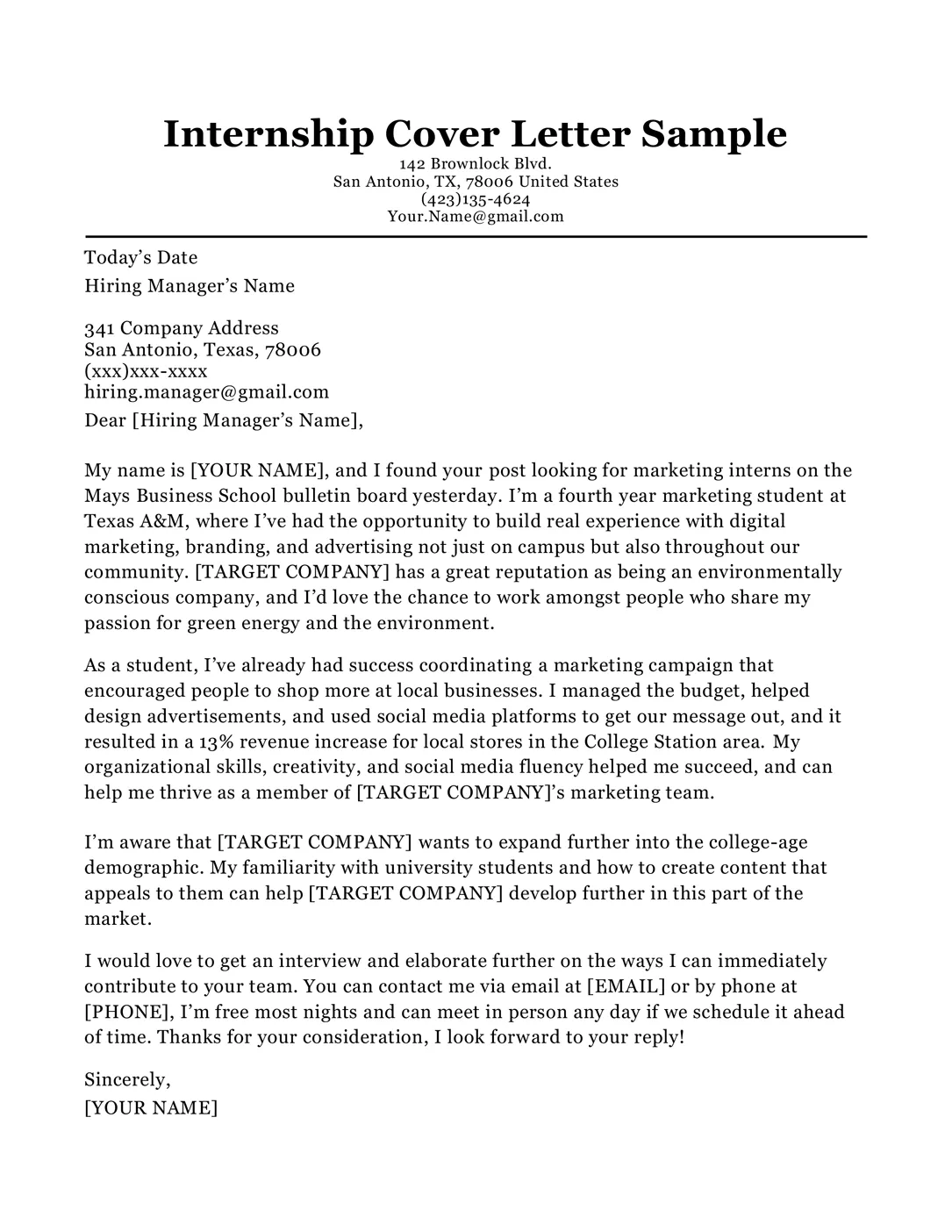
Identifying and highlighting your relevant skills is a key part of a successful student cover letter. Start by carefully reviewing the job description or scholarship requirements and identifying the skills they are looking for. These could include technical skills like proficiency in specific software, or soft skills like communication, teamwork, and problem-solving. Once you have a clear understanding of the required skills, provide specific examples from your academic projects, extracurricular activities, or part-time jobs where you demonstrated these skills. For example, if a job requires strong communication skills, you might describe a presentation you gave, a project you led, or a customer service experience you had. The goal is to provide concrete evidence of your abilities and show how you can apply them to the role or opportunity.
Showcase Relevant Experience
Even if you lack extensive professional experience, you can still showcase relevant experience in your student cover letter. This includes internships, volunteer work, part-time jobs, and even academic projects. Focus on highlighting experiences that align with the requirements of the role or scholarship. When describing your experiences, use the STAR method (Situation, Task, Action, Result) to provide context and demonstrate your achievements. For instance, instead of simply stating that you worked on a team project, you could describe the situation, your specific task, the actions you took, and the positive results you achieved. This approach provides concrete evidence of your skills and abilities and demonstrates your potential to succeed in the role.
Tailor Your Letter
One of the most important tips is to tailor your cover letter to each specific application. Generic cover letters are easy to spot and often get overlooked. Take the time to research the company, organization, or scholarship provider and understand their mission, values, and specific requirements. Then, customize your cover letter to reflect this understanding. Mention specific aspects of the opportunity that appeal to you, and explain why you are a good fit for their needs. Use keywords from the job description or scholarship criteria, and highlight the skills and experiences that are most relevant. Tailoring your letter demonstrates your genuine interest and attention to detail, increasing your chances of making a positive impression.
Cover Letter Format
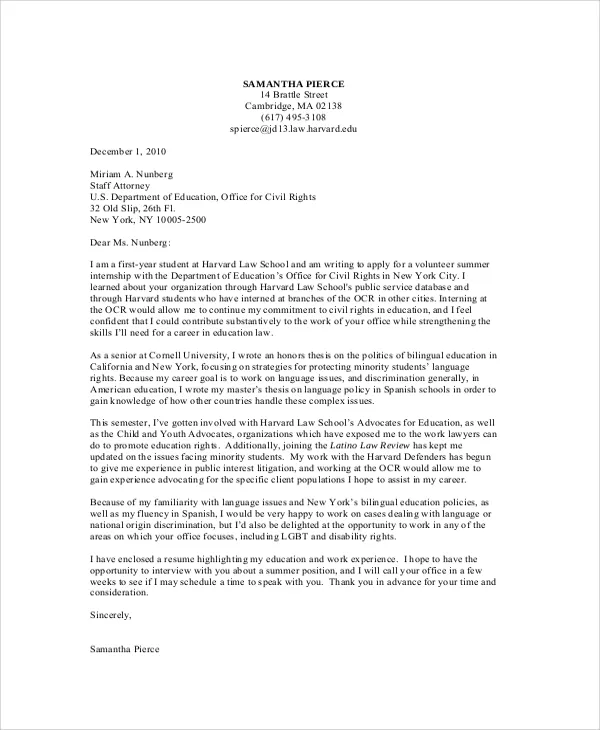
A well-formatted cover letter is just as important as its content. It should be easy to read, professional, and visually appealing. Use a standard font like Times New Roman or Arial, with a font size between 10 and 12 points. The letter should be single-spaced, with one-inch margins on all sides. Ensure that your letter is well-structured, with clear headings and paragraphs. Proofread the letter carefully to eliminate any spelling or grammatical errors. A polished format reflects your attention to detail and professionalism, which can make a positive impression on the reader.
Header Essentials
The header of your cover letter should include your contact information, the date, and the recipient’s information. Your contact information should include your name, phone number, email address, and optionally, your LinkedIn profile URL. The date should be the date you are sending the letter. The recipient’s information should include their name, title, and the company or organization’s name and address. Make sure all the information is accurate and up-to-date. Use a professional and clear layout for the header to convey your contact details effectively.
Greeting the Recipient
The greeting sets the tone for your cover letter. If possible, address the recipient by name. Research the hiring manager’s name or the name of the person who will be reviewing your application. A personalized greeting shows that you have taken the time to learn about the organization and its people. If you are unable to find a specific name, use a professional greeting such as “Dear Hiring Manager” or “Dear [Department Name] Team.” Avoid generic greetings like “To Whom It May Concern” as they can make your letter feel impersonal. The greeting should be followed by a comma.
Body Paragraphs
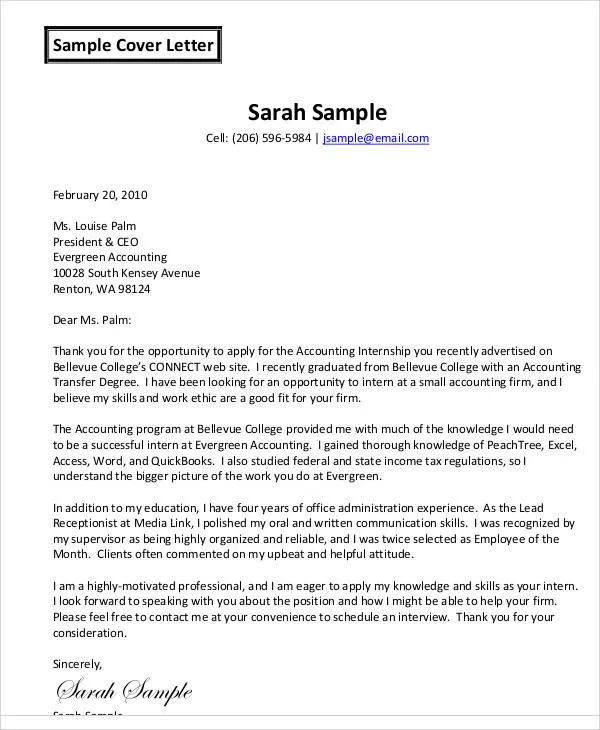
The body paragraphs are the core of your cover letter, where you present your skills, experience, and enthusiasm. These paragraphs should be well-structured, concise, and compelling. Divide the body into three main parts—an opening paragraph, middle paragraphs, and a closing paragraph to organize your thoughts and make the letter easy to follow.
Opening Paragraph
Your opening paragraph should immediately grab the reader’s attention and state the purpose of your letter. Clearly state the position or opportunity you are applying for and how you learned about it. Briefly mention your most relevant qualifications and express your enthusiasm for the role. The opening paragraph sets the tone for the rest of the letter, so make sure it’s engaging, concise, and tailored to the specific opportunity. A strong opening paragraph encourages the reader to continue reading and learn more about your qualifications.
Middle Paragraphs
The middle paragraphs are where you provide the details about your skills, experience, and how they align with the requirements of the role. Use this section to elaborate on your qualifications mentioned in your opening paragraph and highlight the skills and experiences that make you a strong candidate. Provide specific examples from your academic projects, extracurricular activities, or previous jobs. Quantify your achievements whenever possible to demonstrate your impact. Explain how your skills and experiences can benefit the organization. Tailor each paragraph to the specific requirements of the role or scholarship.
Closing Paragraph
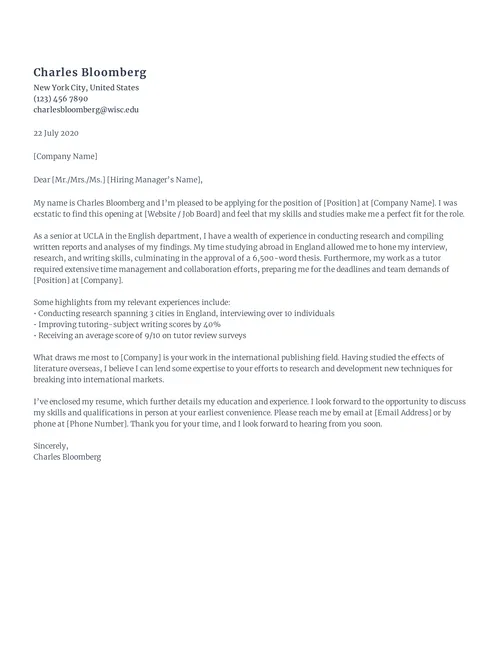
Your closing paragraph should summarize your key qualifications and reiterate your interest in the position or scholarship. Reiterate your enthusiasm and emphasize why you are a good fit for the opportunity. Thank the reader for their time and consideration and express your eagerness to hear from them soon. Include a call to action, such as stating that you are available for an interview and providing your contact information. The closing paragraph should leave a positive and lasting impression, reinforcing your suitability for the opportunity.
Closing and Signature
Close your cover letter with a professional closing, such as “Sincerely,” “Respectfully,” or “Best regards.” Type your full name below the closing. If you are submitting a physical copy of the letter, leave space for your signature above your typed name. Make sure your signature is clear and legible. The closing and signature should convey professionalism and respect, leaving a positive final impression.
Proofread and Edit
Before submitting your cover letter, proofread it carefully for any spelling, grammatical, or punctuation errors. These errors can detract from your professionalism and make a negative impression on the reader. Read the letter aloud to catch any awkward phrasing or unclear sentences. Have a friend, family member, or career advisor review your letter for feedback. Check for consistency in formatting and use of language. Ensuring your cover letter is error-free demonstrates your attention to detail and commitment to quality.
Cover Letter Examples for Students
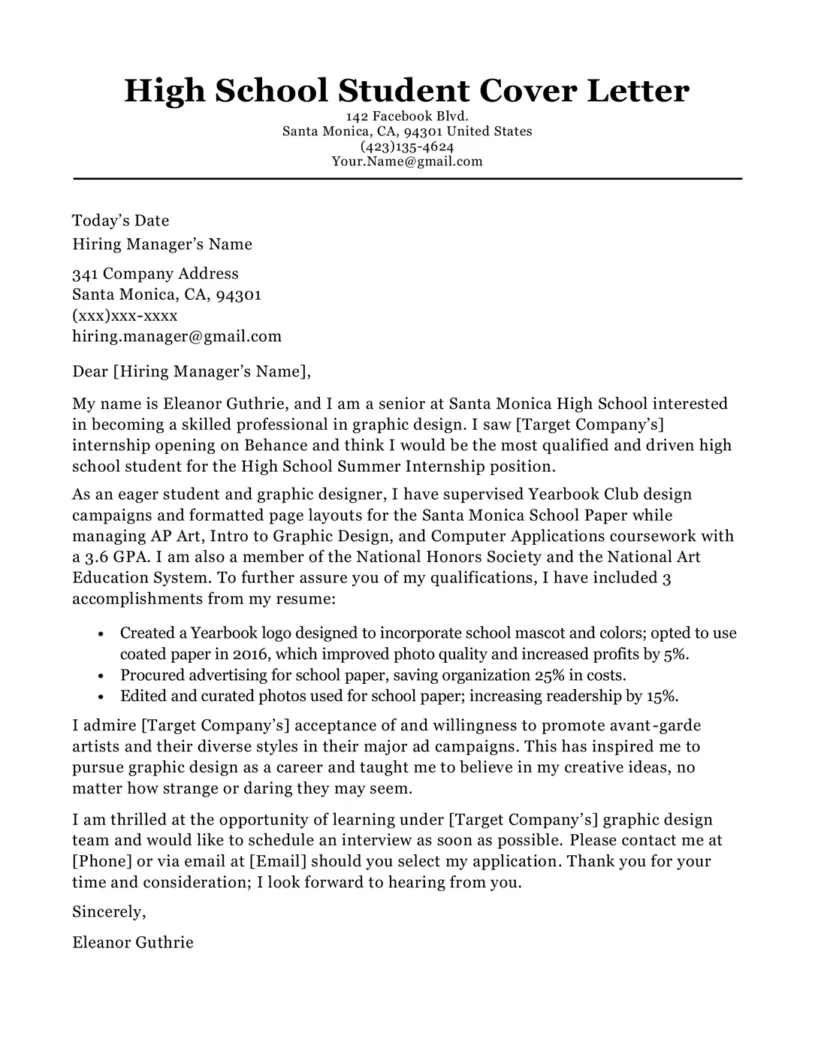
Reviewing example cover letters can provide valuable insight and guidance when writing your own. Use these examples as a template to structure and format your letter, but remember to tailor the content to your unique experiences and the specific opportunity you are applying for. Here are a few examples for different scenarios:
Example 1 Internship Cover Letter
An internship cover letter should emphasize your relevant coursework, academic achievements, and any previous internships or related experience. Highlight your skills and enthusiasm for the field and the specific internship opportunity. Explain how the internship aligns with your career goals and what you hope to gain from the experience. Mention any specific projects or tasks you are interested in and how you believe you can contribute to the team. Tailor your letter to the company’s values and the internship’s objectives.
Example 2 Part-Time Job Cover Letter
A part-time job cover letter should focus on your availability, relevant skills, and previous work experience, even if it’s unrelated. Highlight your ability to manage your time, work well with others, and meet deadlines. Explain how your skills and experience align with the job requirements, and express your willingness to learn and take on new responsibilities. Mention any previous customer service, teamwork, or problem-solving experiences. Make sure to show your enthusiasm for the job and how it can help you gain valuable skills and experience.
Example 3 Scholarship Cover Letter
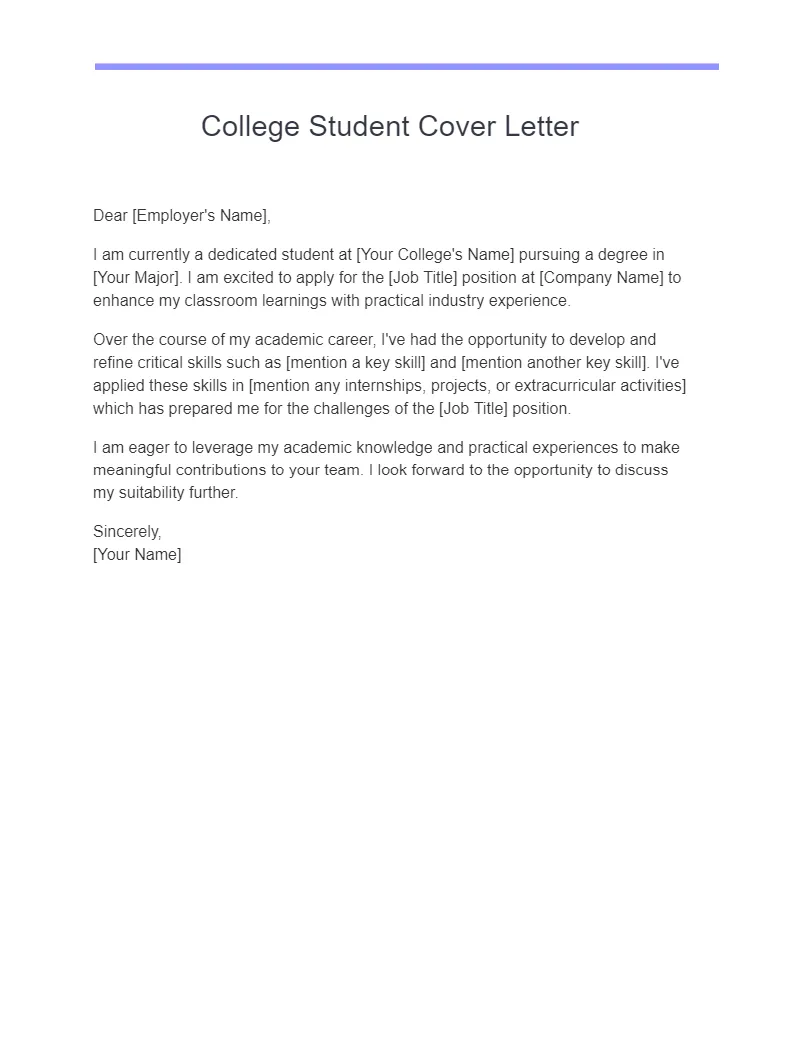
A scholarship cover letter should highlight your academic achievements, extracurricular activities, and community involvement. Explain why you are deserving of the scholarship and how the funds will help you achieve your educational and career goals. Demonstrate your passion for your field of study, your leadership skills, and your commitment to making a difference. Tailor your letter to the specific criteria of the scholarship and emphasize any unique experiences or challenges you have overcome. Provide specific examples of your achievements and aspirations to demonstrate your potential.
Final Thoughts on Student Cover Letters
Writing a strong student cover letter takes time and effort, but it is an essential part of the job application process. By following the tips outlined in this guide, you can create a compelling cover letter that highlights your skills, experiences, and enthusiasm, increasing your chances of getting noticed and securing the opportunity you desire. Always remember to tailor your letter to each specific application and proofread it carefully before submitting it. A well-crafted cover letter can be a powerful tool for students seeking internships, part-time jobs, and scholarships, setting them apart from the competition and helping them achieve their career goals.
